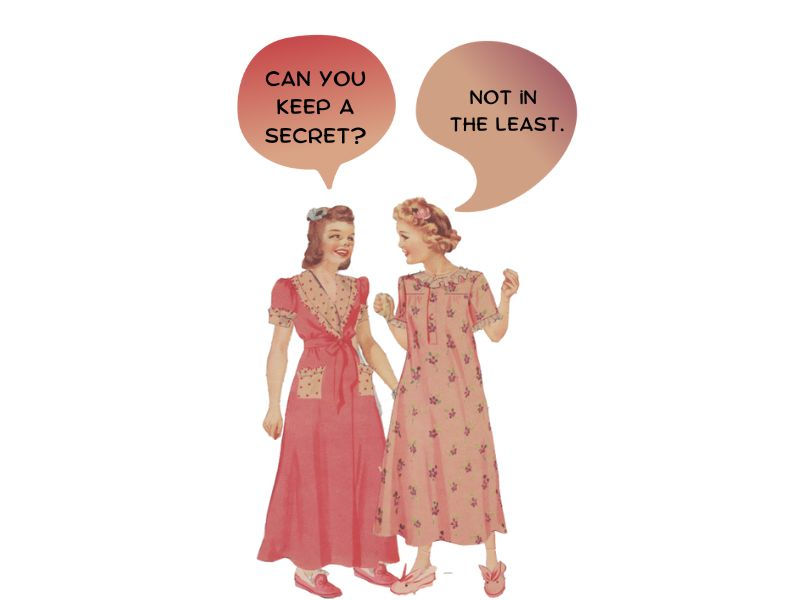Paper Dolls Discovery
- Jeanie

- Jan 18, 2023
- 4 min read
Updated: Jan 27
I visited a special shop on the Tennessee plateau. Inside, I found an amazingly unusual collection of antiques and bric-a-brac. I was delighted to explore the treasures it held. One such treasure was a large black 3-ring binder full of carefully curated paper dolls with detailed descriptions of the production sources for the dolls. The dolls immediately grabbed me, and I was delighted by the collection.



The notebook did not have a price tag and when I asked the owner what he wanted for it, he took it from me and flipped through it. A woman behind him, about his same age, looked over the man’s shoulder through glasses on an elegant chain around her neck. Maybe to increase the potential price, but I prefer to think the book really is that enchanting, they both commented “Someone has really put a great deal of time and energy into this collection.”
For an amount I could afford and was willing to pay, I scored an incredibly special catalog of paper dolls. I did not know what I would do with it, except indulge my inner child by looking through it occasionally, which was fine. It felt like it should be shared, though. Still, it sat on a shelf for several months if not a year or two.
Listening to the podcast “Decoder Ring: Who Still Plays with Paper Dolls?”, I was pleasantly reminded of why this notebook of paper dolls was so exciting to me. The hosts and guests share creative connections with the cutouts, the sweet nostalgia for the aged, nearly forgotten art form, and the subtle messages of goodness and glamour that came with them.
Blessedly a dear, great, and creative friend reached out to me, and as we reconnected I shared the notebook. I shared that I wanted to do something with the paper dolls, but I didn’t know what. She suggested I choose one group of dolls to scan into digital format and then go from there.
This friend had recently opened her own candy shop after carefully growing toffee-making into a business. Her execution of the toffee, the packaging, and the presentation through her shop was so well done, I was inspired and envious.
While I started to scan the paper dolls, I noticed that one of my favorite sets had 5 dolls in their skivvies, each with a name and wardrobe for at least work, sleep, and play. My brain started to connect the metaphor of paper dolls, in which we dress in paper clothes for different scenes in which we imagine them playing out—the clothes and arming ourselves with the skills we need to heal and build lives worth living. There are elements of DBT and the I did that get back to paper, journaling, filling out worksheets, and fun stickers used to reward each other in the group when we saw each other using skills as yet another way to practice and reinforce them. Something about the way Dialectical Behavior Therapy liberated one from suffering, and the freedom to enjoy things delighted my inner child and opened me to some creative elements and multidimensional relationships to the skills.
Inspired by the skills for better living and while assembling the wardrobes of the dolls in a digital format, I started to think about dressing the dolls as if they were working the skills. I started thinking of the dolls without clothes as mindfulness, work clothes as interpersonal effectiveness, formal dresses as emotional regulation, and pajamas for Distress Tolerance. Then I added a few images of items represented using the skills, such as a sleep mask and alarm clock for self-soothing, a journal for mindfulness, and the like to the accessories available to the dolls. The dolls and their wardrobes could align with the four areas of DBT. Maybe, with the help of my creative friends, sister, and community members, we could make a little website that helps make recovery resources simple and accessible, connects commonalities between 12-step programs and mental health treatment modalities, and lets us share our stories of healing.
The phrase "Come to Find Out" captures the spirit of organizing recovery and better living resources such that more of us can access it, as in you can find helpful resources here. It also represents the moments in our journeys when we learn something critical to our recovery. It is a connecting statement between two different states, much like dialectics. "Come to find out" is the moment in a story when things begin to change. DBT, CBT, EMDR, and 12-step programs teach that change is possible. I hope that everyone who needs trauma recovery from themselves or a loved one can find it and heal. I hope the site and its resources help us continue to practice the skills and the steps that keep us well.
What do you think? Did you love paper dolls at any time in your life? Do you think the dolls make sense for mental health and trauma recovery, or do they need some more work?













![Nancy-work-[Recovered].gif](https://static.wixstatic.com/media/b05991_9cc4e8b8b6b24423a06eed6a847b4adc~mv2.gif/v1/fill/w_183,h_183,q_90,enc_avif,quality_auto/b05991_9cc4e8b8b6b24423a06eed6a847b4adc~mv2.gif)







Comments